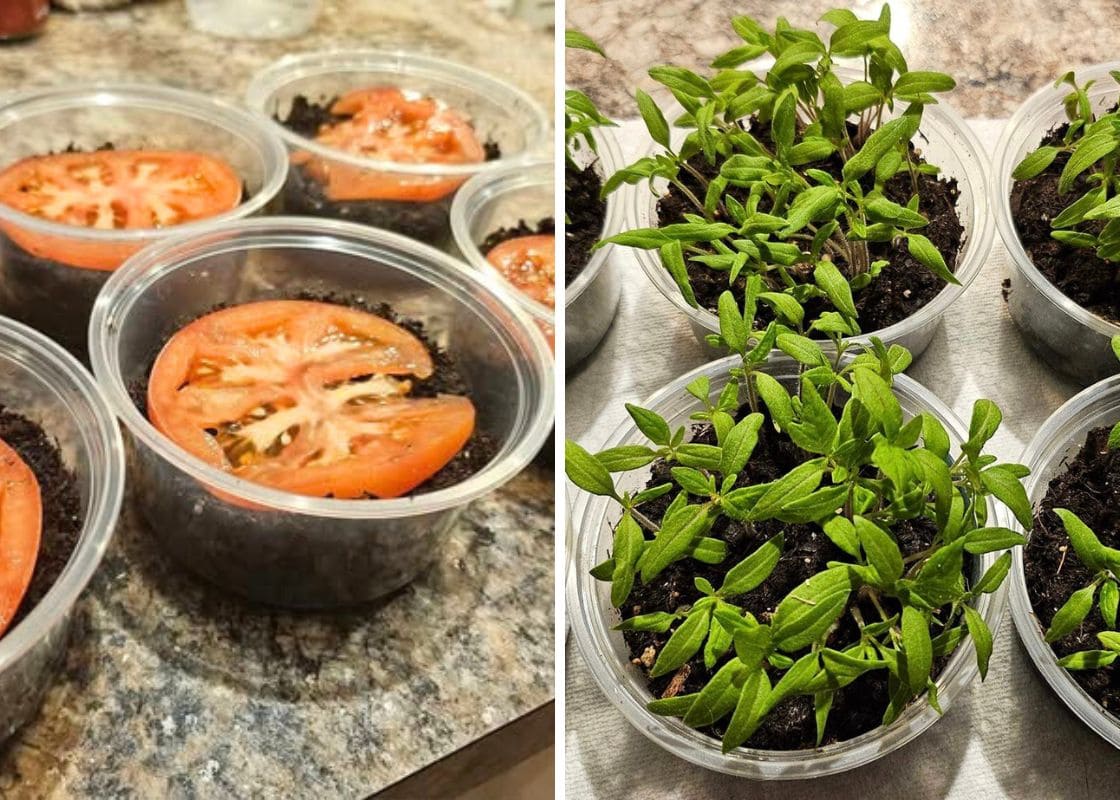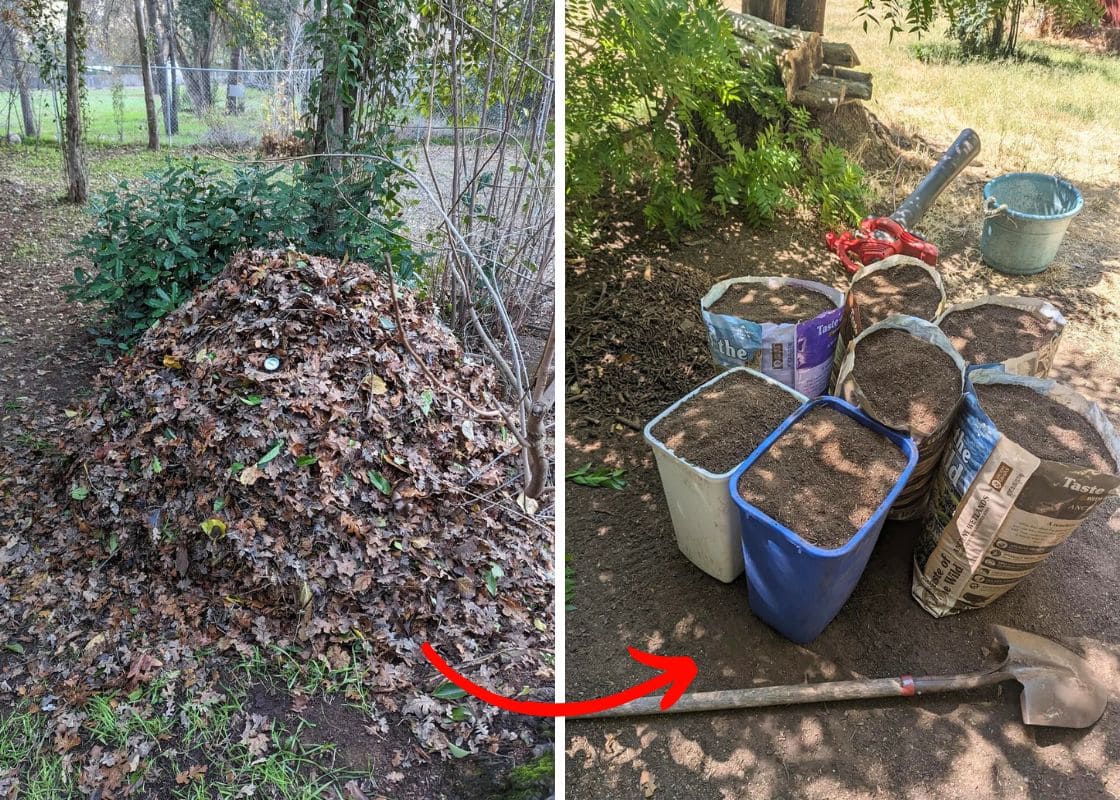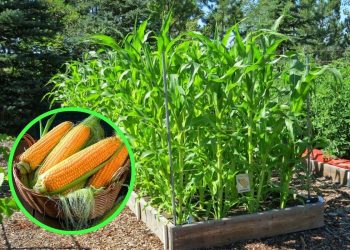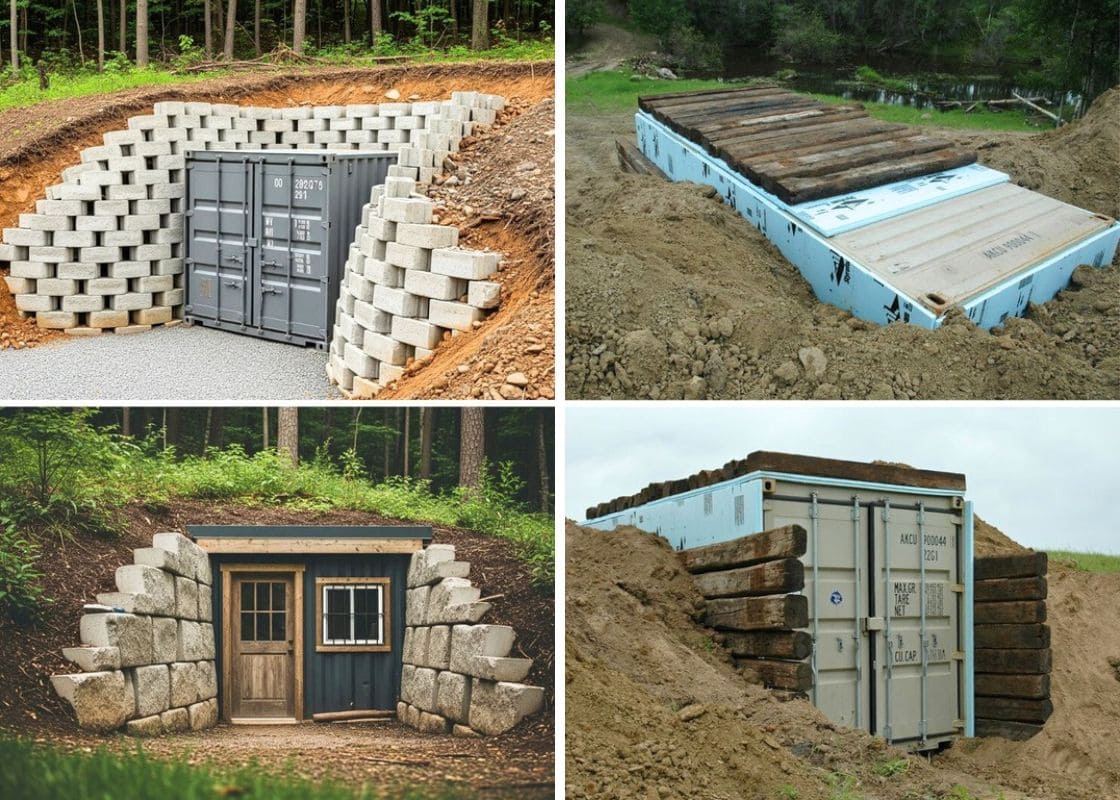When you imagine the perfect herb garden, you probably picture rows of neat plants in little pots or garden beds.
But what if you could turn that into something more creative, more efficient, and more beautiful? That’s where the herb spiral comes in.
A permaculture classic, this clever design creates natural microclimates in a compact space, giving each herb exactly what it needs.
The result you can get is a lush, spiraling bed full of fresh flavors and calming scents, right at your fingertips.
Why Choose an Herb Spiral?

An herb spiral isn’t just about saving space, though it does that wonderfully. Its shape allows you to grow plants that thrive in completely different conditions, all in one place.
At the top of the spiral, you’ll have the sunniest, driest zone, which ideal for rosemary, thyme, or lavender.
At the base, the soil holds more moisture, perfect for parsley, mint, or lemon balm.
The southwest-facing slope stays warm, a cozy home for oregano, basil, or sage.
The northeast side is shaded and slightly cooler, where dill, tarragon, chamomile, or chervil will flourish.
By mimicking these natural microclimates, you get biodiversity, better soil health, and year-round harvests, all in a layout that’s both practical and eye-catching.
Planning Your Herb Spiral
The first step is choosing the right spot. A sunny corner of your garden works best, with good drainage and easy access for daily harvesting.
Most herb spirals are around 2 meters (6-7 feet) wide and about 1 meter (3 feet) high, but you can scale yours up or down depending on space.
You’ll also need to think about materials. Stones, bricks, or even reclaimed logs can all form the spiral walls.

For soil, a mix of compost, garden soil, and sand ensures good drainage at the top while retaining enough moisture at the bottom.
Finally, choose your herbs with their zones in mind, Mediterranean herbs up high, shade lovers lower down, and moisture-seekers at the base.
Materials Needed
- 80-100 medium-sized stones or bricks (for a 2m spiral)
- 200 liters of garden soil mixed with compost
- 50 liters of coarse sand
- A bale of straw or mulch
- String and stakes
- Shovel, gloves, and watering can
- Herb seedlings: rosemary, thyme, lavender, oregano, sage, basil, dill, tarragon, chamomile, chervil, parsley, mint, lemon balm, and marigolds for pollinators
Step-by-Step Guide to Building Your Herb Spiral
Step 1: Mark out a circle about 2 meters wide using string or a garden hose. This will be the footprint of your spiral.
Step 2: Begin laying stones or bricks around the edge to form a low wall.
You start stacking upward in a spiral pattern, building higher as you reach the center. Aim for about 1 meter high in the middle, tapering down toward the edges.
Step 3: As the walls rise, fill the inside with soil. Then layer compost and garden soil, adding sand toward the top for good drainage.
Also, you can shape the soil into a gentle slope that follows your spiral wall.
Step 4: Check the slope: the top should be dry, while the base should naturally collect water. Then adjust with more soil or sand until the gradient looks right.
Step 5: Now comes the fun part. Place rosemary, thyme, and lavender at the top where it’s hot and dry.
Oregano, sage, and basil go halfway down on the sunny slope. On the shaded northeast side, tuck in dill, tarragon, chamomile, and chervil.
At the bottom, plant parsley, mint, and lemon balm where the soil stays moist. Then slip in a few marigolds here and there to attract pollinators.
Step 6: Mulch around the herbs with straw to help retain moisture and keep weeds down.
You now give the whole spiral a gentle watering, starting at the top so it trickles downward naturally.
Caring for Your Herb Spiral
Once built, an herb spiral almost takes care of itself. Water more often at the base, less at the top, and you’ll notice how efficiently the design distributes moisture.
You can also add a layer of compost each spring to keep the soil fertile, and replace mulch as it breaks down. Regular harvesting keeps your herbs healthy and encourages fresh new growth.
If pests show up, try companion planting or organic remedies instead of chemicals, the spiral’s biodiversity will already be helping balance things out.
Creative Variations
Don’t feel limited to a full-size spiral in your backyard. If space is tight, try a mini herb spiral in a large container or even stack pots in a spiral pattern.
Next, add decorative touches like mosaic tiles or small fairy garden ornaments to make it a centerpiece.
You can even mix in edible flowers like nasturtiums or calendula for extra beauty and flavor.









